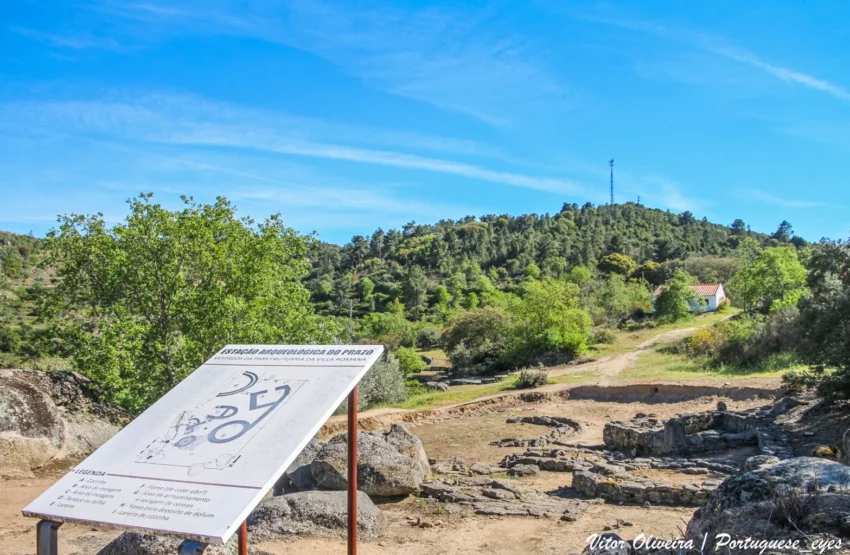Exploring the Prazo Archaeological Site: A Journey Through Time
Located in the heart of Douro Superior, the Prazo Archaeological Site in Freixo de Numão, Foz Côa, offers a fascinating glimpse into history. This site spans from the Paleolithic era to contemporary times, showcasing the evolution of human settlement over millennia.
Get your dose of History via Email
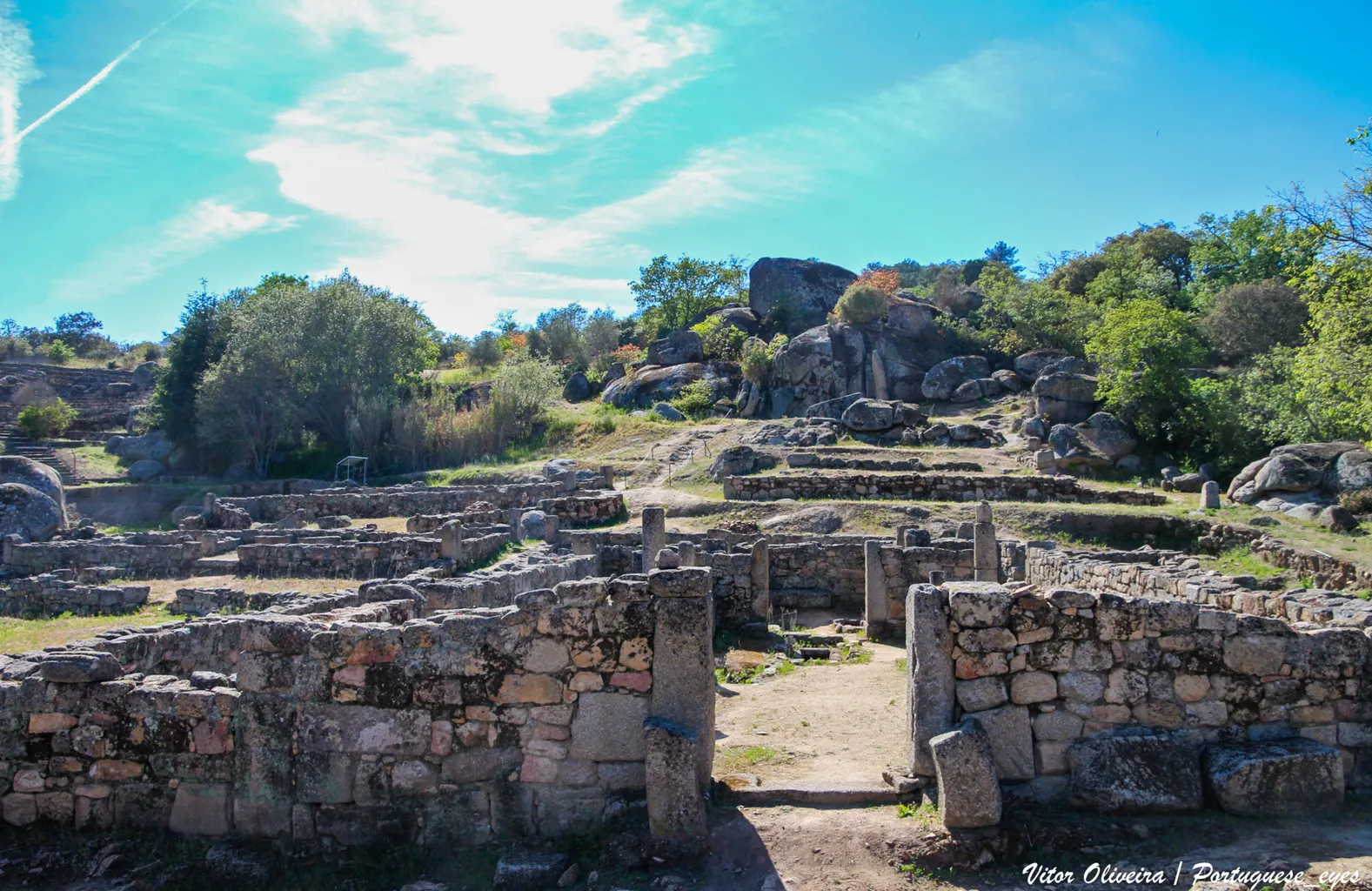
Uncovering the Past
Discovered in the early 1980s by archaeologists after a chance encounter during olive tree planting, the site quickly became a hub for historical research. According to archaeologist António Sá Coixão, the Prazo site reveals a complex of structures from different eras. Marks on rocks suggest Early Neolithic huts, while remains of a low wall and post holes indicate a Late Bronze Age settlement. The site also boasts a probable “menhir statue” and an “anthropomorphic stele” from this period.
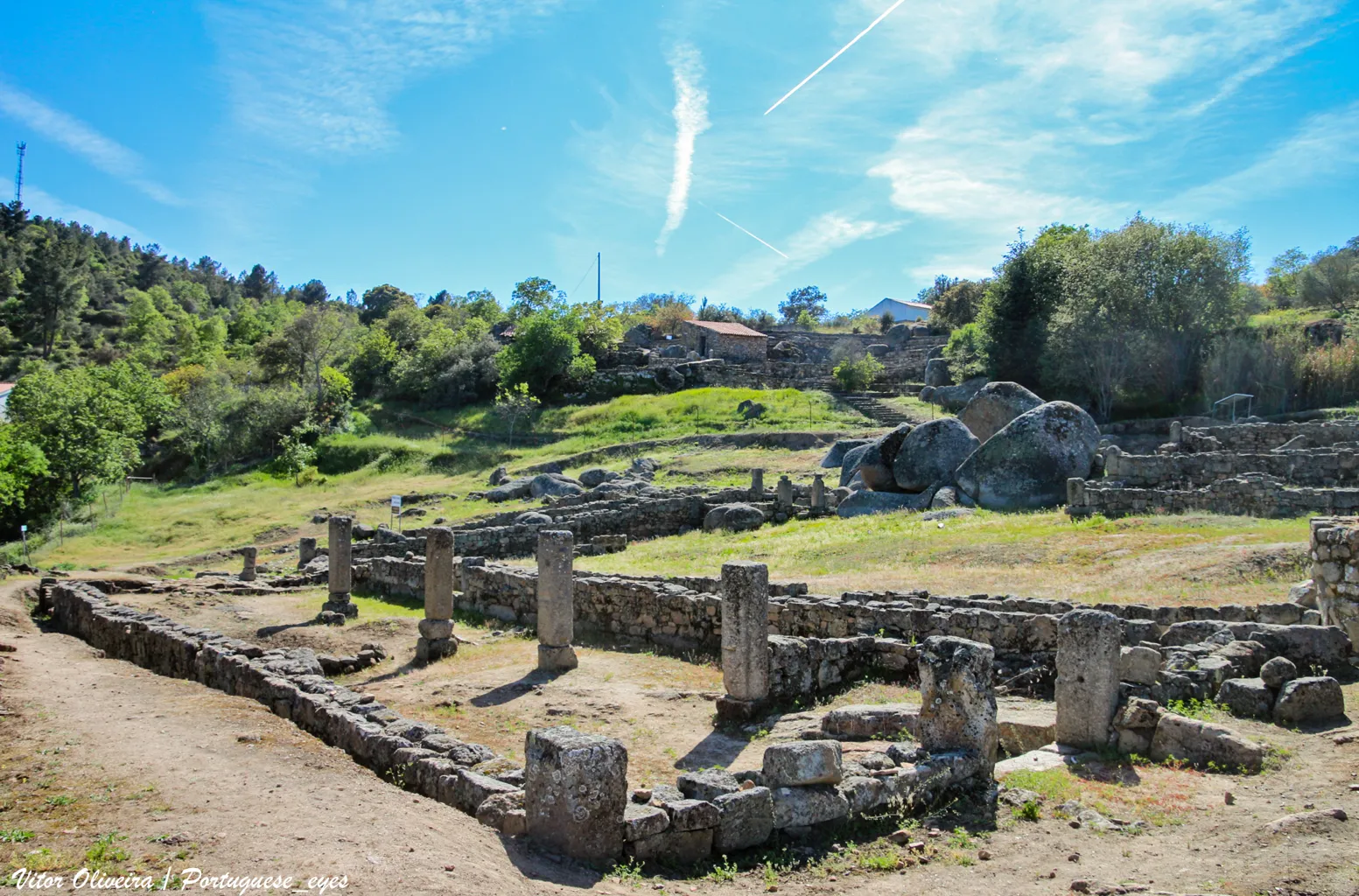
Bronze Age to Roman Occupation
In the upper part of the site, a circular granite housing structure dates back to the Bronze Age. The Roman presence is divided into three phases. The first phase includes the “Villa Senhorial,” a palatial building with a rectangular plan and a thermal area. The second phase, in the late 3rd century, shows a shift to more rural occupation. Structures for storing and milling cereals, a kitchen, a metal smelting furnace, and a fireplace were added. After looting and fire in the 3rd century, the villa was abandoned but reoccupied in the 4th century, focusing on agriculture and livestock.
Christian Influence and Later Periods
A significant Christian influence emerged with a temple built on the Roman manor house, used until the 13th century. This temple, with its three naves and chancel, reused Roman columns for decoration and structure. Nearby, 22 tombs from different periods were discovered, highlighting the site’s long-term significance. Modern structures, including a fig-drying oven and various rectangular houses, reveal a continued occupation into more recent times.
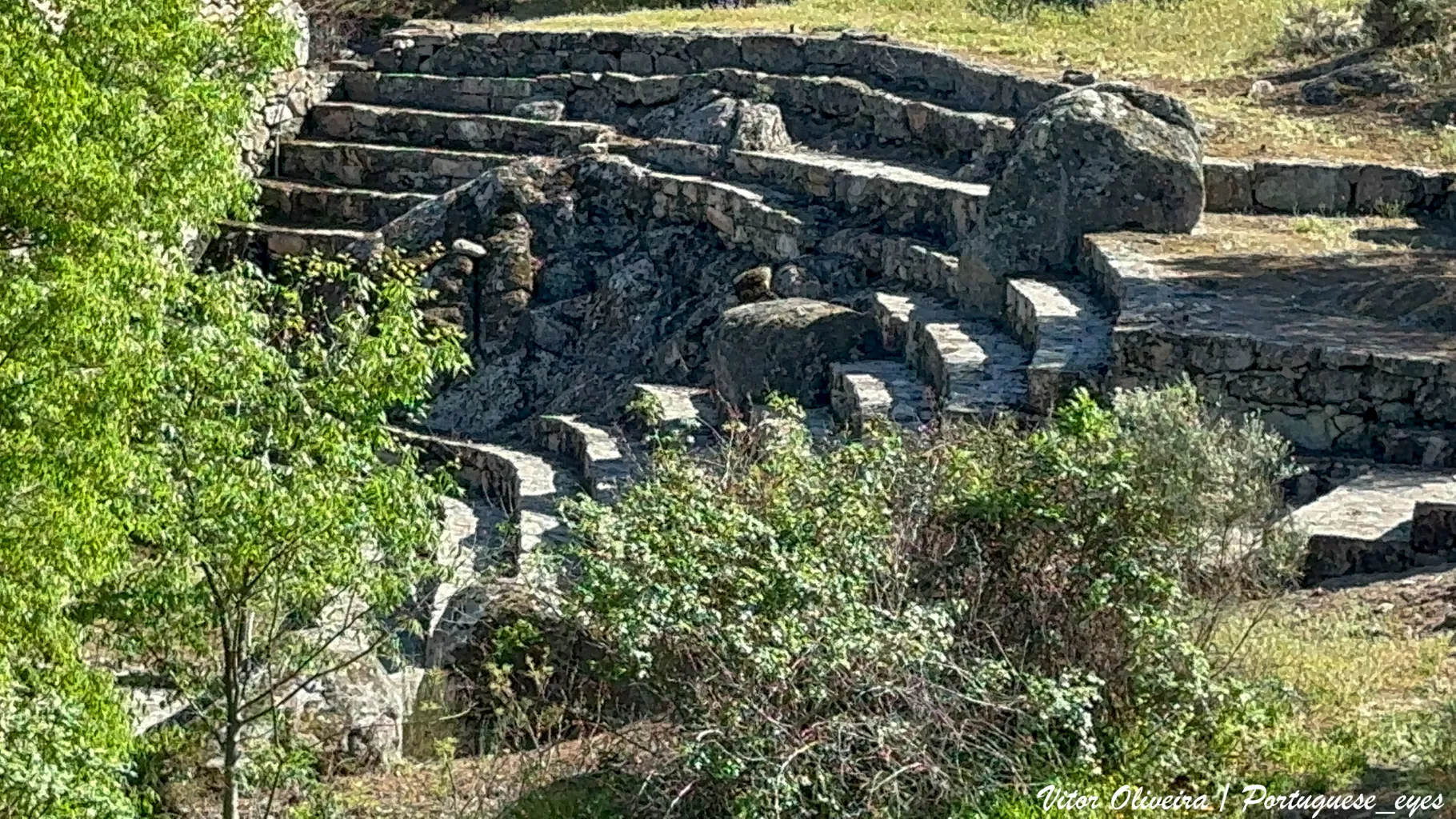
Legends and Local Stories
The site also comes with its share of local legends. Fernanda Ramos, a resident, shares a tale of giant ants that forced inhabitants to abandon the area. Despite its abandonment, the site remains popular with visitors and students eager to explore its rich history.
A Unique Archaeological Experience
Sandra Naldinho, a senior technician at the Museu da Casa Grande de Freixo de Numão, emphasizes the site’s broad chronological window. Often compared to Machu Picchu, the Prazo site offers a unique experience with its blend of prehistoric, Roman, and medieval remains. This comparison, while flattering, highlights the site’s importance and its potential for further exploration.
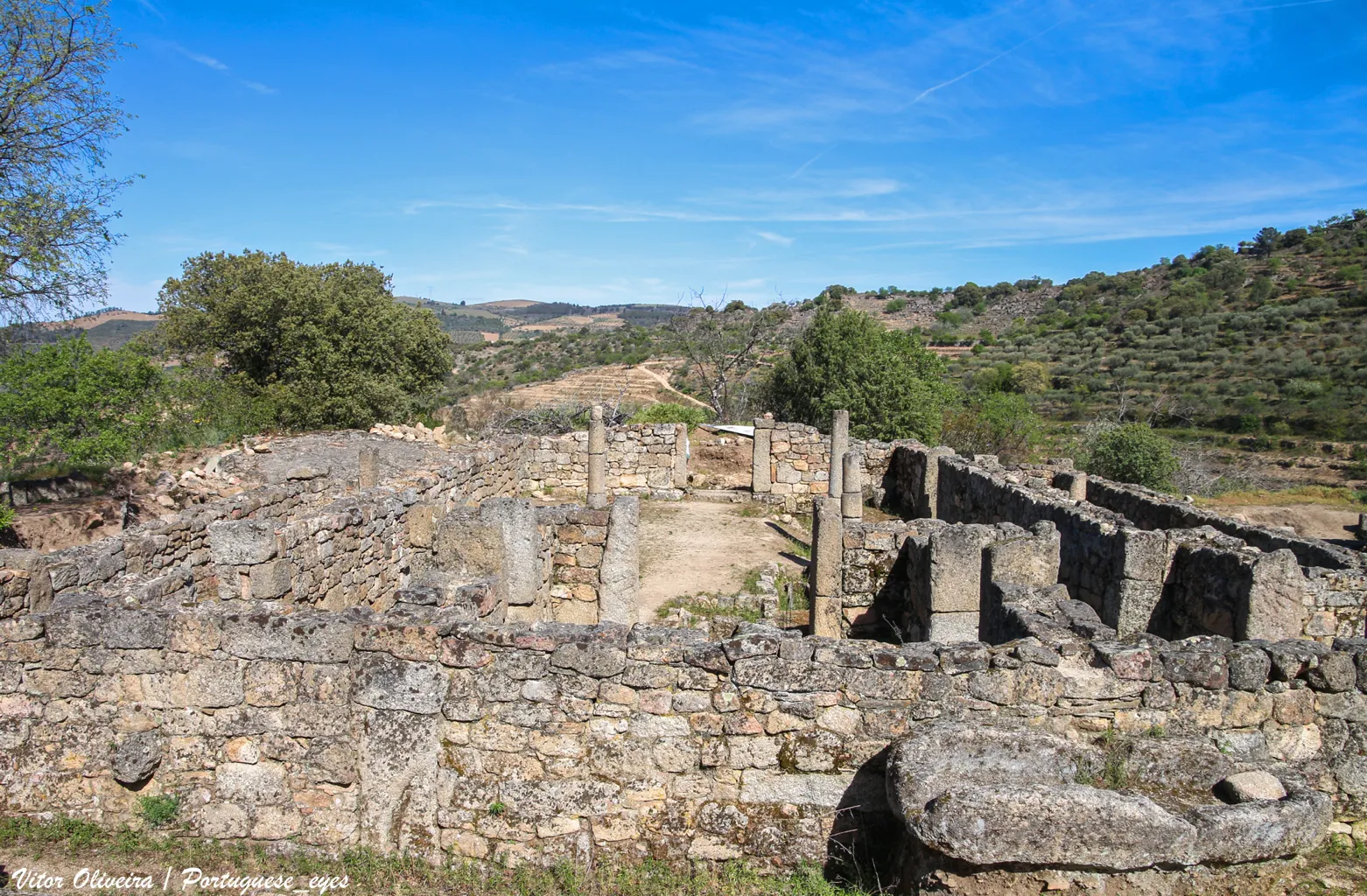
Connecting the Dots
The Prazo site complements the nearby Vale do Cão Rock Art, providing chronological continuity from the Upper Paleolithic period. Paulo Moutinho, a cultural mediator, describes the site as a place where visitors can feel the presence of prehistoric humans, Romans, and medieval inhabitants, making it a truly immersive historical experience.
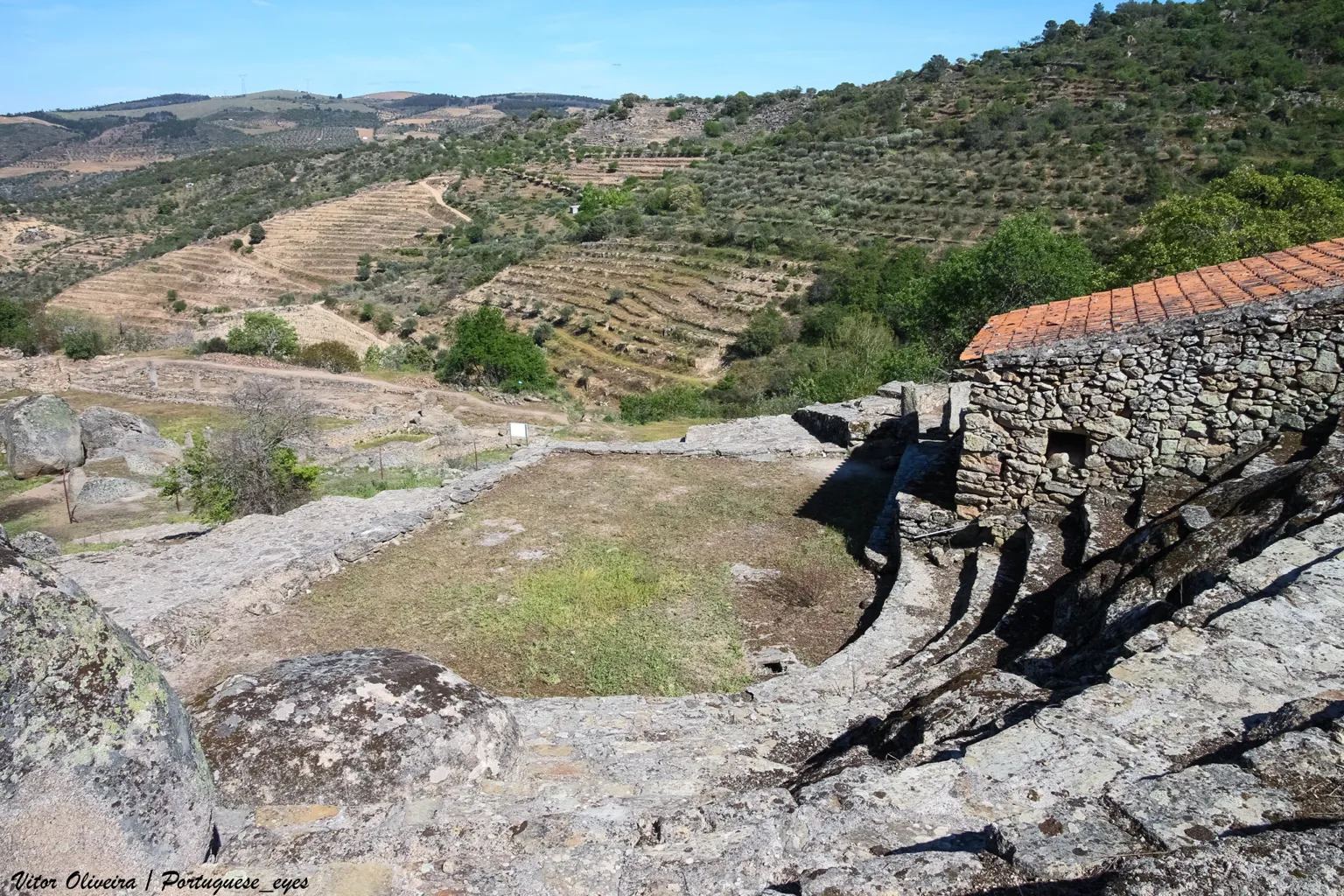
Future Excavations
Currently, only a third of the Prazo site has been excavated. Much remains to be uncovered, promising further insights into the region’s rich and enigmatic history. The site stands as a testament to human resilience and adaptability through the ages, offering a captivating journey through time for all who visit.
Sources:

